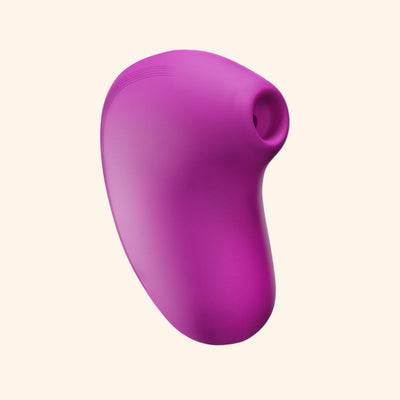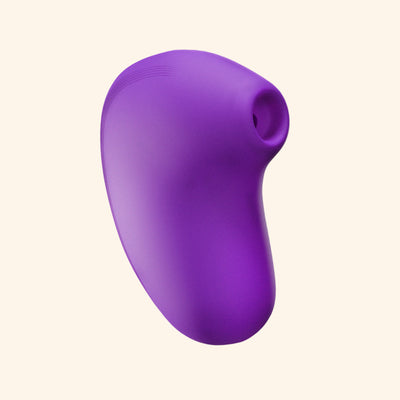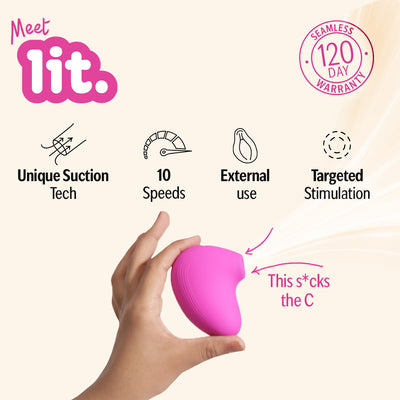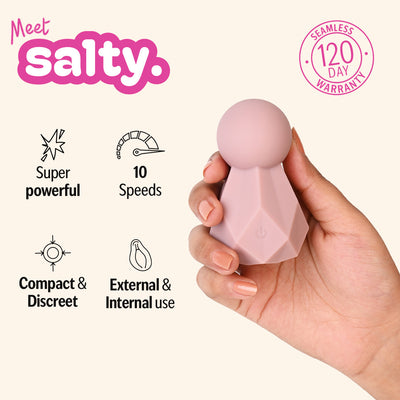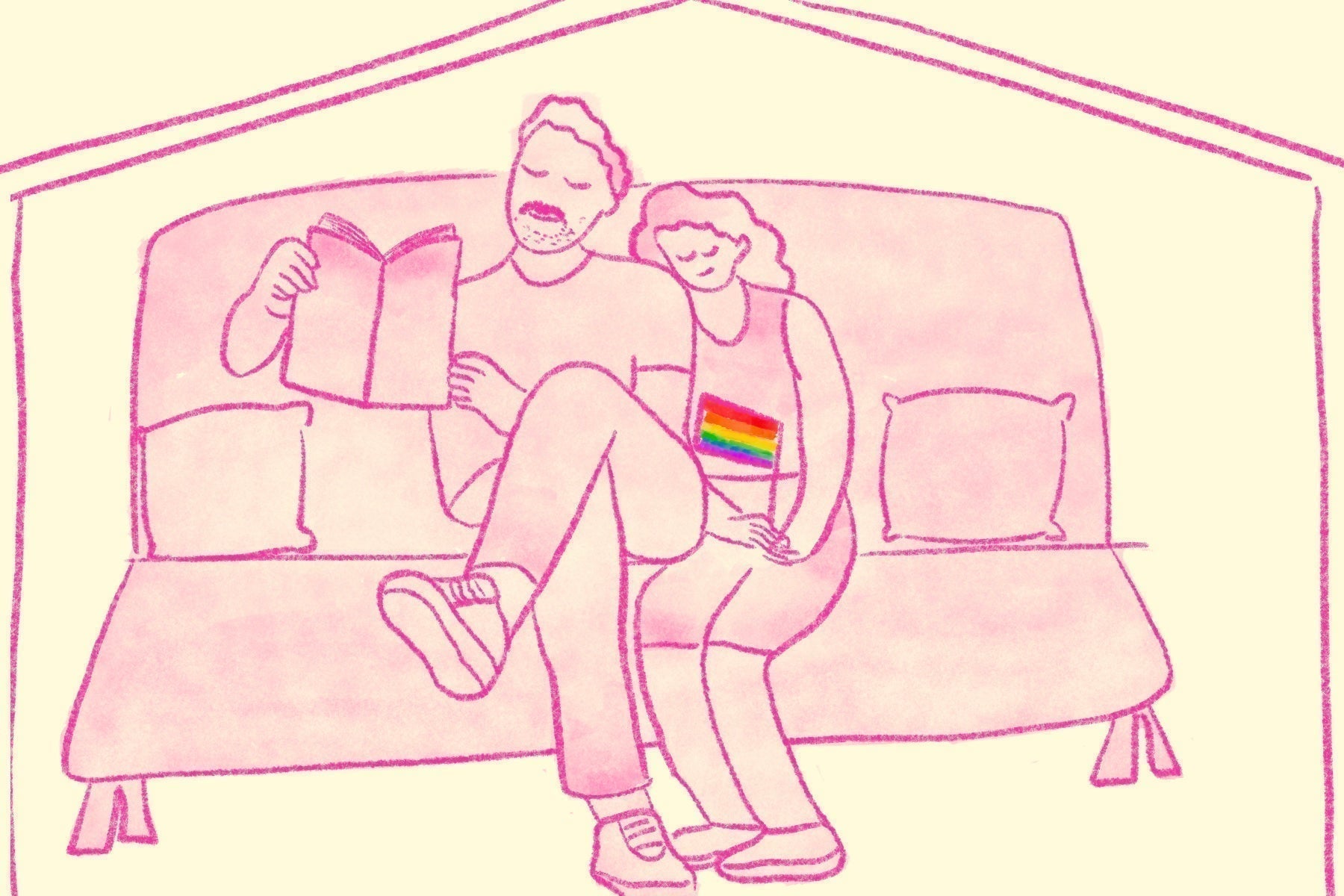Your cart is currently empty
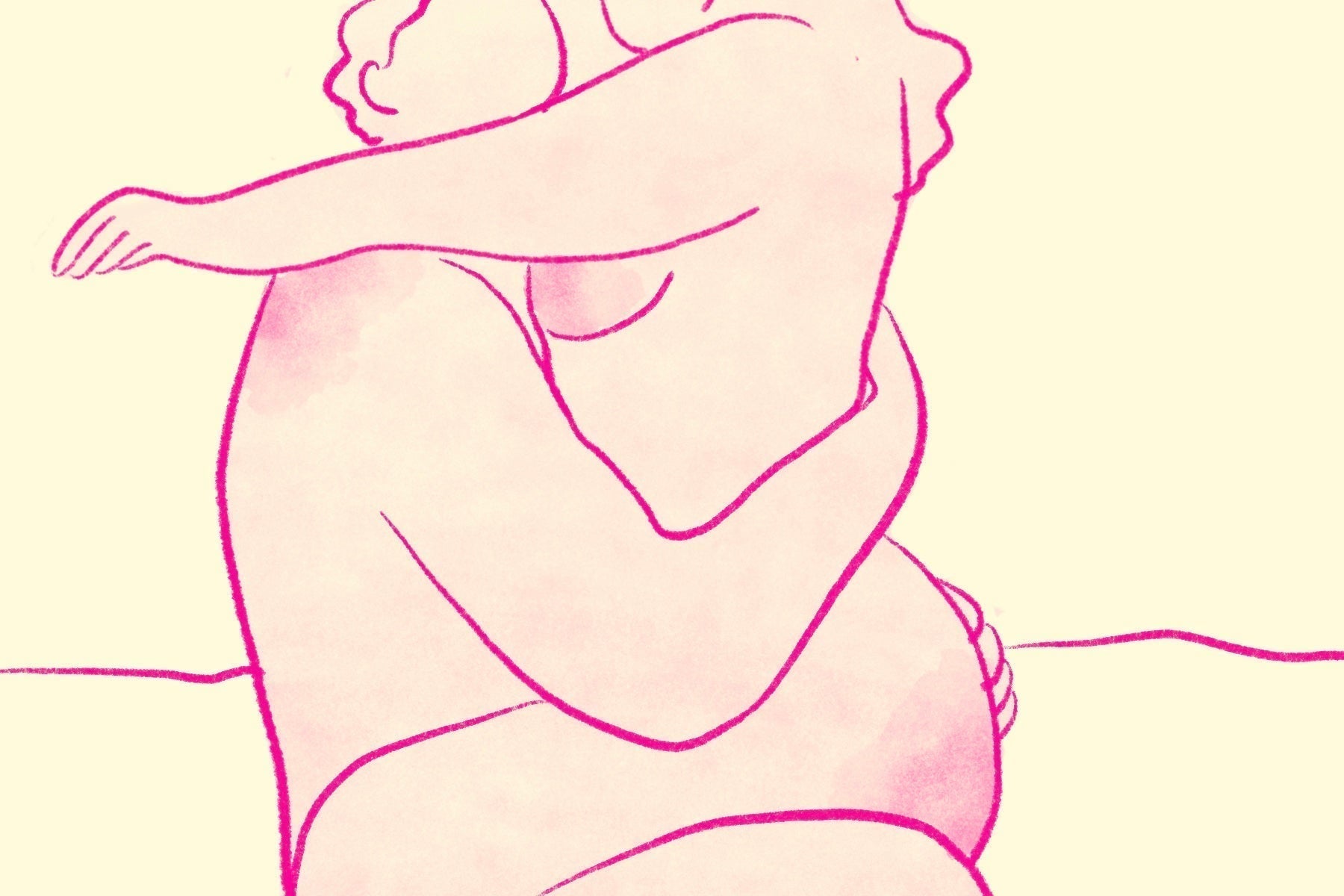
Let’s start simple: frotting is all about pleasure through touch: no penetration, no toys, just two bodies enjoying friction. It’s one of those lesser-known terms that often gets whispered about online but rarely explained properly.
In our country, where conversations about sex are still pretty hush-hush, people often assume “sex” means intercourse. Frotting reminds us that pleasure can look different — and sometimes, even more intimate — without it.
Frotting Meaning: Understanding the Term
The word frotting comes from the French frotter, which literally means “to rub.” In a sexual context, it refers to rubbing genitals together for pleasure. You might also hear terms like frottage sex or frot sex. They all describe the same thing: pleasure through friction.
It can happen with or without clothes, between any genders, and can be part of foreplay or the main act itself.
In India, where even talking about foreplay feels rebellious, frotting quietly reminds us that intimacy doesn’t always need a ‘final act’.
A Little History of Frottage and Frotting
Before it became a sexual term, “frottage” was actually used in art: artists rubbed textures onto paper to create patterns. Later, the word started being used for sexual rubbing or grinding.
Frotting became particularly known within gay male communities as a form of safe, mutual pleasure as a way to connect deeply without penetration. But over time, people across orientations discovered how good it feels to focus on body-to-body connection instead of “performance.”

How Frotting Differs from Other Kinds of Sex
Unlike penetrative sex, frotting is all about contact and rhythm. No thrusting, no toys: just sensation.
Here’s how it stands apart:
-
It doesn’t rely on penetration or penetration-related roles.
-
It’s slower, more sensual, and focused on shared pleasure.
-
It can be clothed (grinding) or unclothed (skin-on-skin).
-
It’s often easier to communicate and stay present.
Why Do People Love It? The Psychology of Skin-to-Skin Pleasure
There’s something primal about feeling someone’s body directly against yours. That warmth and that rhythm trigger oxytocin, the “bonding hormone,” which helps you feel connected and calm.
Many people enjoy frotting because:
-
It feels equal — both partners give and receive.
-
There’s less pressure to “perform.”
-
It allows you to focus on sensation, not technique.
-
It can be incredibly intimate, even without climax.
For couples in long-term relationships or anyone who wants to slow things down, frotting can be a refreshing way to reconnect.

What Does It Feel Like? The Sensation and Connection
Think of it as the sweet spot between cuddling and sex. The friction, heat, and body movement can feel grounding and intensely erotic.
The emotional side is strong too, especially if you’re facing each other. There’s eye contact, touch, breath: all those small things that sometimes get lost in more fast-paced sex.
Is Frotting Safe? Tips for Hygiene and Consent
Frotting is often considered a safer sex practice since there’s no penetration. But it’s still important to be mindful:
-
Always get consent — even if it feels “casual.”
-
Use lube to prevent irritation or rashes.
-
Avoid contact if there are cuts or infections.
-
Clean up afterward to stay fresh and safe.
-
If you’re worried about skin-to-skin STI transmission (like herpes or HPV), condoms or clothes can act as a barrier.
Common Myths About Frotting and Frot Sex
Let’s clear the air a bit:
Myth: Frotting is only for gay men.
Truth: Anyone can enjoy frotting — straight, queer, cis, or trans. It’s about closeness, not labels.
Myth: It’s not “real sex.”
Truth: Sex is whatever brings pleasure and connection. There’s no one definition.
Myth: It’s totally risk-free.
Truth: Risk is lower, but not zero — so basic hygiene and communication still matter.

How to Try Frotting with Your Partner
Ready to explore? Here’s how to make it feel good and comfortable:
-
Start slow: cuddling, gentle touching, grinding through clothes.
-
Add lube if you’re going skin-to-skin.
-
Try different positions: face-to-face, spooning, or one person on top.
-
Communicate: what feels good, what doesn’t.
-
Take breaks and check in; the goal is connection, not pressure.

It’s great for couples who want to rediscover intimacy without the usual “end goal.”
